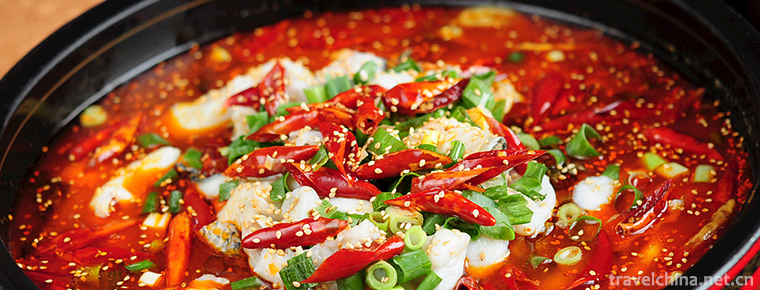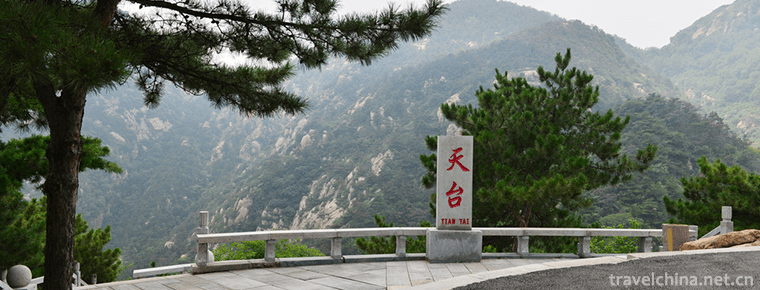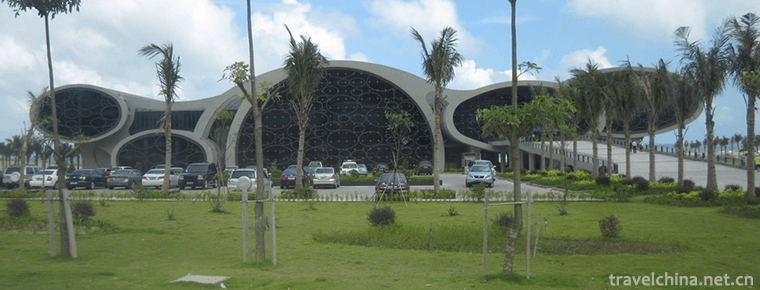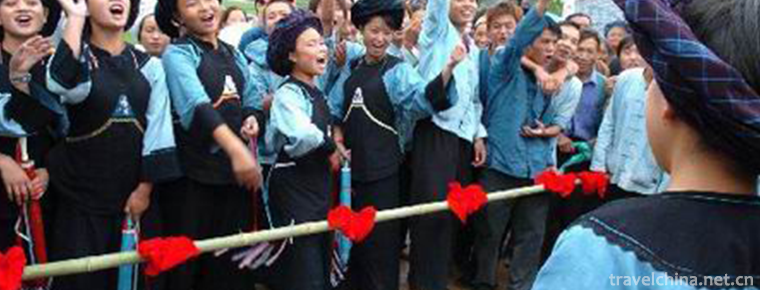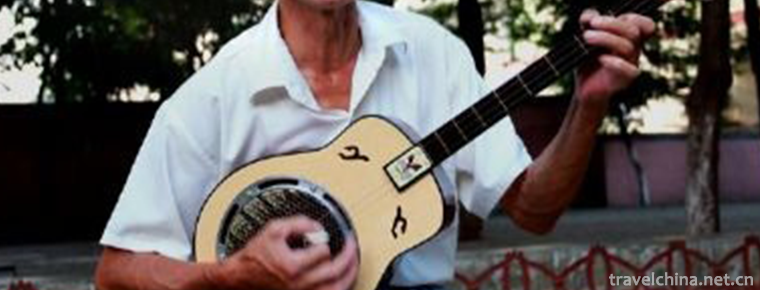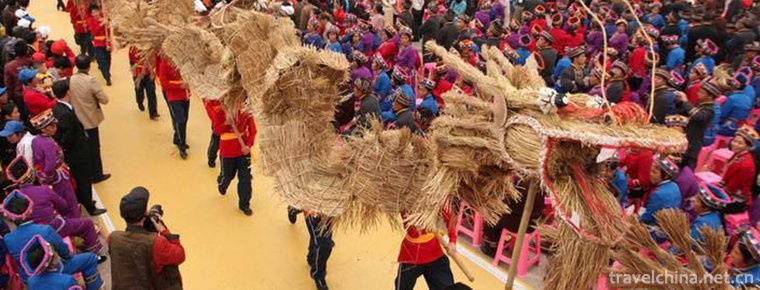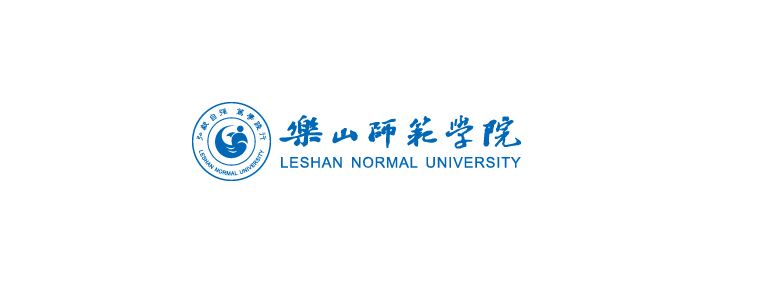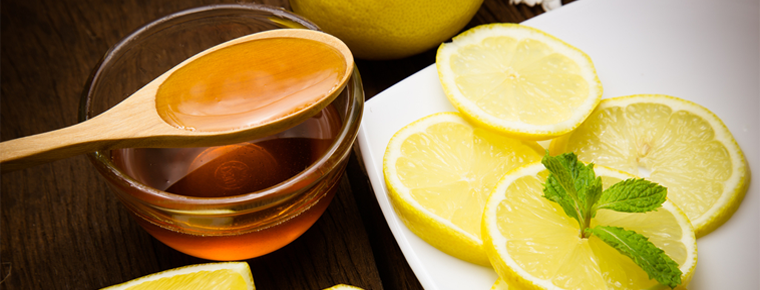Hakka Folk Songs in Meizhou
Hakka Folk Songs in Meizhou
Meizhou Hakka folk song is a Hakka folk song sung in Meizhou City, Guangdong Province (Meijiang District, Meixian District, Xingning City, Wuhua County, Fengshun County, Dapu County, Pingyuan County, Jiaoling County, 2 districts, 1 city and 5 counties). It is the oral literature of Hakka people. It is rich in Hakka language characteristics and rich in local life.
On May 20, 2006, it was approved by the State Council to be included in the first batch of national intangible cultural heritage list .
Historical origin
Folk song is one of the folk songs. According to historical records, the Tang Dynasty began to have the name of folk songs, and Meizhou folk song fairy "Liu Sanmei story" also occurred in the Tang Dynasty Shenlong years, we can see that the popularity of Hakka folk songs, it is the time. Hakka folk songs were deeply influenced by the Fifteen Countries'Style in the Book of Songs, which was compiled in the late Spring and Autumn Period. Following the migration of Hakka people, they were influenced by the songs of She, Yao and other indigenous people. Hakka folk songs in Meizhou spread with the formation of Hakka people. It has the rhyme of "national style" and "Wu Song".
Nearly 5 million people in 1 city and 2 districts of Meizhou Hakka Folk Song Culture Festival County sing folk songs in Hakka dialect, which spread to the Hakka areas in northeastern Guangdong Province and to overseas Meizhou Hakka settlements. During the Song and Ming Dynasties, Hakka folk songs in Meizhou spread and multiplied along with the formation of Hakka lineage, which was the product of the integration of Central Plains culture and Meizhou indigenous culture. Its lyrics have a strong poetic flavor, similar to bamboo branch lyrics, with the rhyme of "national style" and "Wu Song". Meizhou Hakka folk songs have nearly 100 tunes, which are high and long, smooth and fluent, with little fluctuation; high range, narrow range; more progressive, less jump; free rhythm, diverse rhythm, often mixed with a variety of rhythms and songs. Meizhou Hakka folk songs have tens of thousands of lyrics spread among the people, including labor songs, political songs, ritual songs, etiquette and custom songs, love songs, other life songs and nursery songs, covering all aspects of Meizhou Hakka life. Among them, love songs have the largest number, the most wonderful content and the highest literary value. In order to carry forward Hakka culture, Meizhou holds a folk song festival every Mid-Autumn Festival, which is very lively.
artistic characteristics
Meizhou Hakka folk songs, as an independent branch of our country's famous folk songs, inherit the style of the Fifteen Kingdoms in the Book of Songs and pass on from generation to generation, mainly using the traditional methods of "Fu, Bi, Xing", pun and overlap. Hakka folk songs are basically four sentences and seven fonts, the first, second and fourth sentences of each folk song rhyme; when singing, they often touch the scene, impromptu singing, casual, affectionate, rich in tunes, roughly including folk songs chant, Zhengban folk song, four sentences and eight stanzas folk song, Allegro folk song, duplicate character folk song, Wuguban folk song, etc. The melody is beautiful. Almost all melodies have trills, glides and leaning tones, which make the melody high, clear, lyric and melodious, tortuous and euphemistic.
There are nearly 100 kinds of tunes, which are high and long, smooth and fluent, with little fluctuation; high range, narrow range; more progressive, less jump; free rhythm, diverse rhythm, often mixed with a variety of rhythms and songs.
Meizhou Hakka folk song also reflects the voice of social and historical development. As a folk culture, Hakka folk song is not stagnant, but advancing with the times and has the characteristics of the times. As a folk media, it conveys the voice of the times.
Through its continuous development, it has various forms and rich contents, among which love songs have the largest number, the most wonderful content and the highest literary value. In addition to the "love song", there are also "labor song, exhortation song, industry song, success song, Xuanxuan song, roll song, riddle song and guessing tune, minor, bamboo board tune" which covers all aspects of Hakka life, mainly reflects the process of social history, the pursuit of truth, goodness and beauty, and the abandonment of false and ugly.
The ballads highlight the Hakka people's ardent pursuit of love.
Hakka girls in spoken language are called "A Mei", "Xiao Mei", "Old Mei", not "Girl". They are bold, persistent, diligent, brave, visionary, tender and affectionate, have a good vision for the future, and have a passionate pursuit of love.
The ballads reflect the miserable life of the people at the bottom.
The Hakkas in Meizhou are mostly poor peasants, hired workers and small handicraftsmen, except for a small part of the upper class. They have been exploited and oppressed by local tyrants and evil gentry, and their government has been aggressively confiscated and harassed by bandits. Their living environment is extremely bad, which almost pushes their lives to a desperate end. Many folk songs reflect the aspirations of the suffering people, such as:
It's New Year's Day in the first month. Being a girl is not worth money.
Father and mother's family have no share of the property, and they sell money as pigs and cattle.
Ballads are the pursuit of truth, goodness and beauty, and the abandonment of falsehood and ugliness.
Hakka people have always advocated etiquette, pursuing the truth, goodness and beauty, and hating the fake and ugly. To some extent, Hakka people pursue the ancient precepts of sunrise, sunset and rest, and everybody starts to eat and clothe. Even now that everybody's life is good, parents often teach their children not to eat and drink too much, but to be industrious and frugal.
The ballad reflects the voice of social and historical development.
As a folk culture, Hakka folk song is not stagnant, but advancing with the times and has the characteristics of the times. As a popular broadcasting medium, it conveys the voice of the times. For example, since the first gun of the revolution was fired by the Nanchang Uprising, great changes have taken place in the Chinese revolution. The revolution sparked fire and spread throughout the land of Shenzhou. When Li Jianzhen returned to Fengshun County in 1927 to mobilize the peasant associations to overthrow the local evil gentry, he sang, "Ouch... Farmers are coming to join the peasant associations, holding hands and uniting tightly, reducing rent and interest rates, not paying debts, and organizing to fight against the gentry .
Inheritance significance
Meizhou Hakka folk song is an important part of Hakka culture and a treasure of folk music and literature. It has valuable reference value for the study of literature and art, sociology, history, linguistics, folklore, religion, Hakka, etc. In the late Qing Dynasty, Huang Zunxian, Qu Dajun and contemporary Zhong Jingwen all attached great importance to the collection, collation and research of Hakka folk songs in Meizhou.
Hakka folk songs in Meizhou have always been handed down orally by the people. Nowadays, the ranks of mountain singers are seriously aging. Many excellent mountain singers have died one after another. Teenagers do not like to sing and listen to folk songs anymore. The situation that there are no successors and no successors is getting worse and worse. The rescue and protection of Hakka folk songs in Meizhou are of great significance for preserving Hakka culture, enriching Chinese culture and enriching Hakka cultural life.
The state attaches great importance to the protection of intangible cultural heritage. On May 20, 2006, Meizhou Hakka folk songs were approved by the State Council and listed in the first batch of national intangible cultural heritage lists.

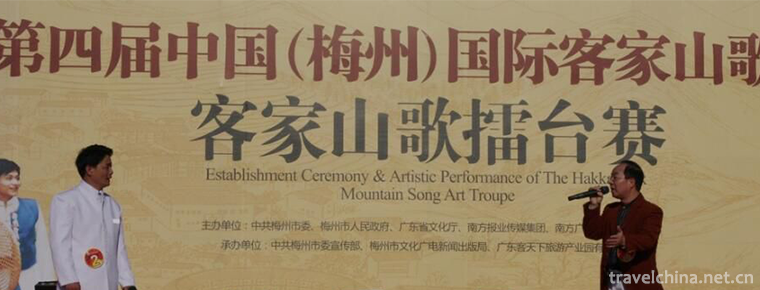
Hakka Folk Songs in Meizhou
-
Sliced Fish in Hot Chili Oil
Boiled fish, also known as river boiled boiled fish and boiled fish fillet, was first popular in Cui Yun Township, Yubei District, Chongqing.
Views: 265 Time 2018-10-27 -
Fanggan Ecological Scenic Area
Fanggan Eco-tourism Area is located in Luye Township in the north of Laiwu City. It is bordered by Jinan in the north, Zibo in the East and Taian in the west. National Highway 09 is very convenient fo
Views: 308 Time 2019-01-12 -
Guangdong Marine Silk Road Museum
The Guangdong Marine Silk Road Museum is located on the "Shili Silver Beach" of Hailing Island Experimental Development Zone, Yangjiang City, Guangdong Province. The total construction area
Views: 140 Time 2019-01-13 -
Bouyei costume Guizhou Province
As a material and cultural phenomenon, the production and change of Buyi costumes are always in line with the social and economic development.
Views: 187 Time 2019-04-04 -
Hakka ancient prose
As early as the late Ming Dynasty and early Qing Dynasty, Hakka ancient prose had been formed, mainly distributed in Gongjiang Town, Xinpi Township, Kuanta Township, Zishan Town,
Views: 179 Time 2019-05-09 -
Mulao Effort Festival
Mulao people mainly live in Guangxi Zhuang Autonomous Region and call themselves "Ling" and "Jing". Yifan Festival is a unique traditional festival of Mulao nationality, with a str
Views: 118 Time 2019-06-06 -
leshan normal university
Leshan Teachers College was founded in 1978 and approved by the Ministry of Education in March 2000. The former Leshan Teachers College and Leshan Education College were merged and upgraded to general
Views: 183 Time 2019-08-31 -
Lemon Honey Tea
Honey lemon tea is made of honey and lemon. It has many functions such as whitening, nourishing, lowering blood fat, clearing heat, detoxifying, moistening and drying. Lemon contains vitamin B1, vitam
Views: 378 Time 2020-03-16 -
Exhibition hall of taipingdu in Chishui
Gulin Taiping ferry, located in Taiping town at the intersection of the upper reaches of Chishui River and Gulin River, is the most important ferry for the Red Army to cross Chishui on the Long March, with an area of about 1.5 square kilometers. The residential buildings of the Qing Dynasty in the ancient streets of the town are well preserved, one after another
Views: 225 Time 2020-10-16 -
Wenshu Temple
Wenshu Temple is located in Qingyang District of Chengdu City. It was founded in the Daye period of Sui Dynasty (605-617). In 1697, the 36th year of Kangxi raised funds to rebuild the temple, which was renamed Wenshu courtyard.
Views: 316 Time 2020-10-18 -
Neijiang economy
In 2019, the GDP of Neijiang City will reach 143.33 billion yuan, an increase of 7.8% over the previous year in terms of comparable prices. Among them, the added value of the primary industry was 24.050 billion yuan, an increase of 2.9%; the added value
Views: 371 Time 2020-12-16 -
Plant resources in Leshan
Leshan City is located in the middle subtropical zone, which is located in the southwest of Sichuan Basin and Hengduan Mountain area. Emei Mountain is the most representative area. There are 1452 species, 585 genera and 141 families of seed plants
Views: 110 Time 2020-12-17
